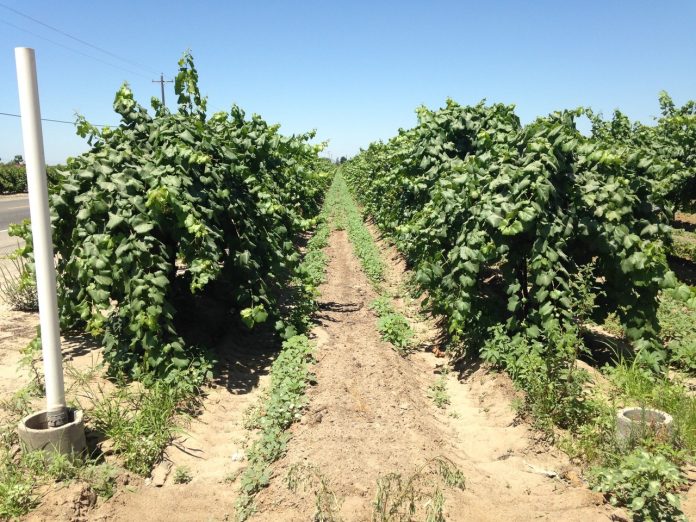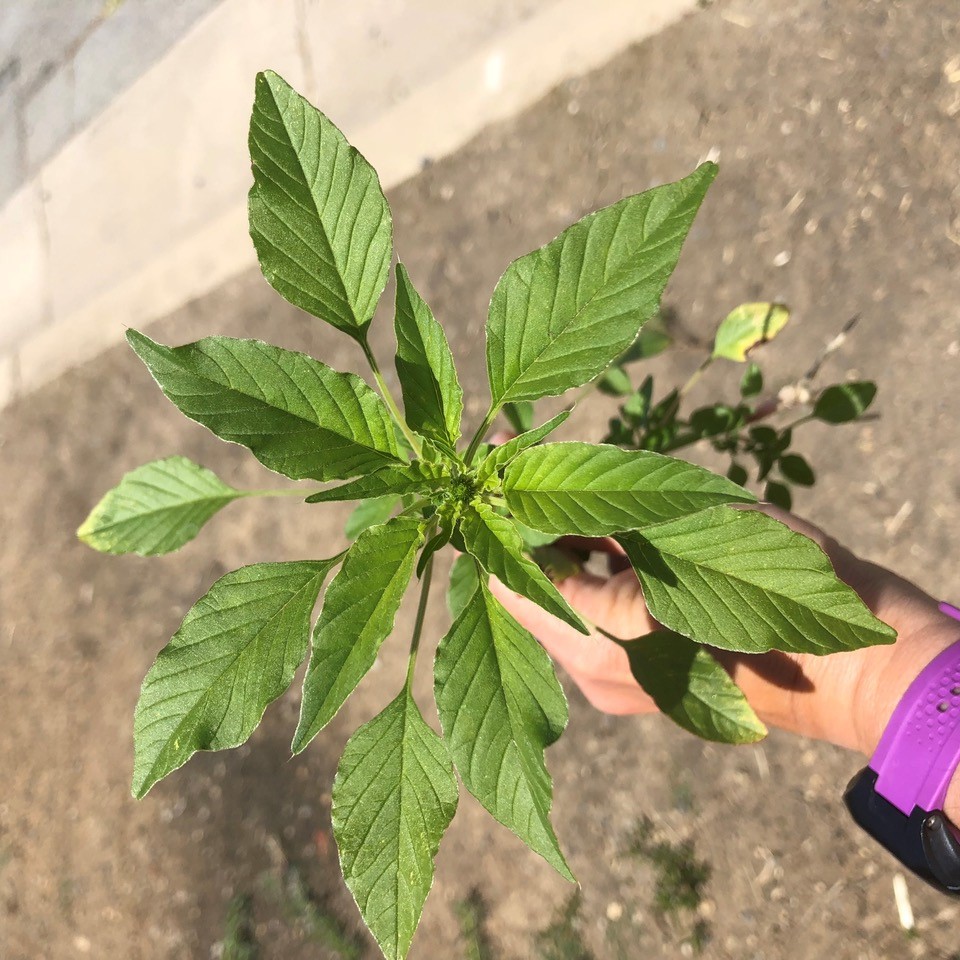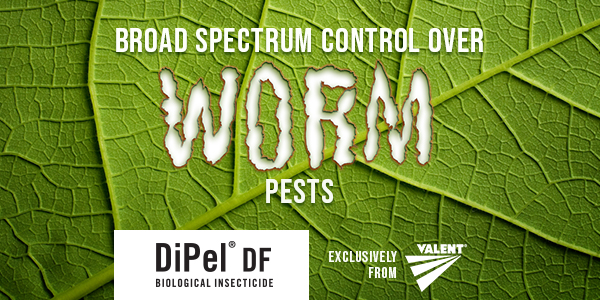
Weed control in California vineyards requires these ‘little hammers’: mechanical, cultural, physical, biological and chemical.
Continuous use of the same practice will select for weed species that become adapted to that practice. Multiple control tactics will prevent adaptation.
Fresno State University Professor of Weed Science Anil Shrestha, speaking at the 2021 virtual Lodi Grape Day, said resistance challenges in control of vineyard weed species may impact vine health, crop quality and cause economic loss for growers. Young vineyards are most susceptible to competition from weeds.
Integrated weed management is not a new concept, Shrestha said, but as effective herbicides were developed, fewer other tools were used. As weed resistance increased, the integrated approach is again being emphasized.
The International Survey of Herbicide Resistant Weeds (www.weedscience.org) showed that 263 weed species have developed resistance to herbicides. Only three modes of action in herbicides have no reported resistance, Shrestha said, and there are no new chemistries coming in the near future.

In addition to rotating modes of action in herbicide applications, there are steps to take in preemergent and post-emergent weed control that can maximize efficiency. For preemergent products, Shrestha advised removing debris from vineyard floors, using enough water to activate herbicide and to avoid frequent wetting and soil disturbance. Post-emergent weed control is best achieved with timing, meaning applications at early growth stages, using enough water volume and choosing effective nozzles for delivery.
Mechanical weed control in vineyards can be effective, but using the same tool over time can cause a shift in weed species. Shrestha’s example was use of a cultivator or French plow over time that cleaned up horseweed and fleabane in a vineyard, but nutsedge and grasses become an issue.
Palmer amaranth is an example of a more recent weed species to invade California vineyards. It is resistant to glyphosate even at eight times the label rate, Shrestha said. Mexican sprangletop and telegraph weed may also invade vineyards.
Shrestha said it is critical to maintain a weed-free environment around young vines for at least the first two years after planting. Studies showed that aboveground biomass could be reduced by 85% due to weed pressure. Cane length, leaf numbers and root biomass can also be impacted by weed growth.
Established vineyards may tolerate more weed pressure; however, vineyard weeds may also serve as disease or insect pest hosts. Loss depends on age of the vines, life cycle stage of the vines, weed species and density and duration of competition.





















